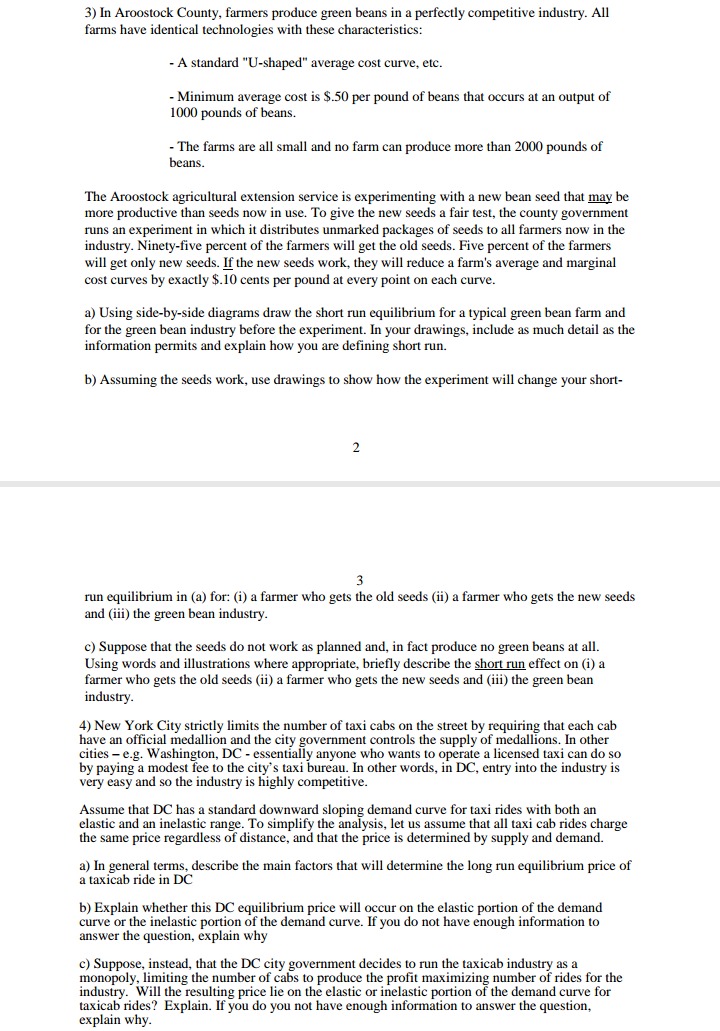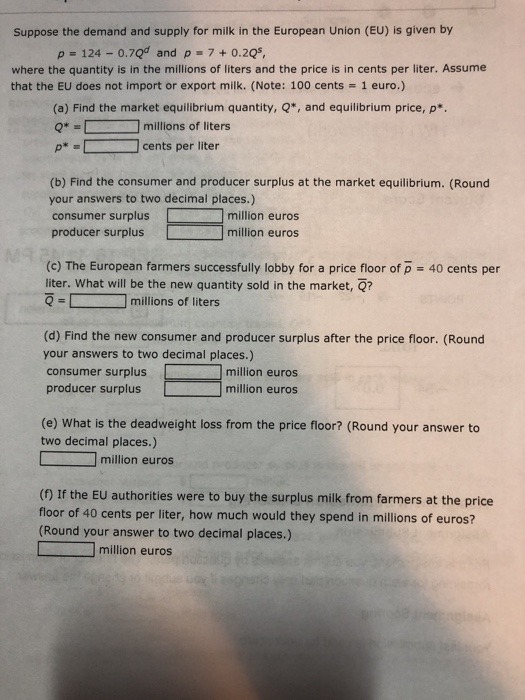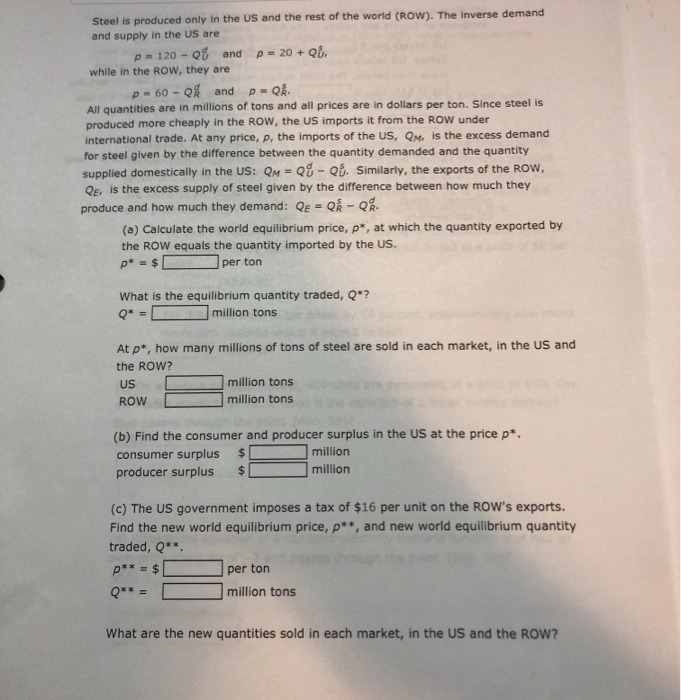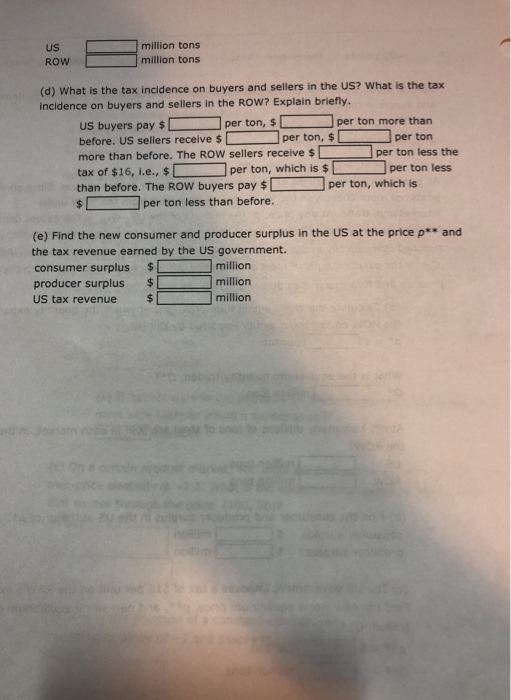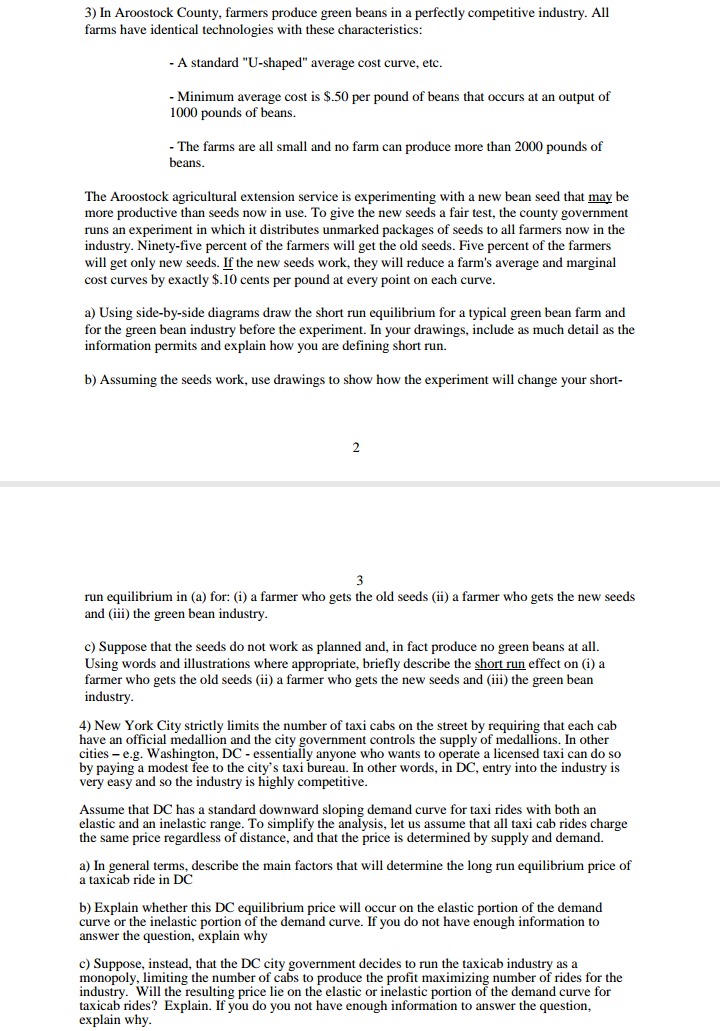
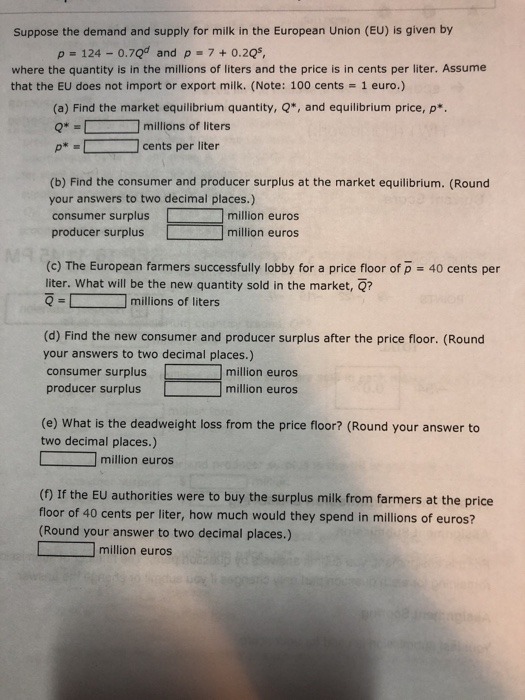
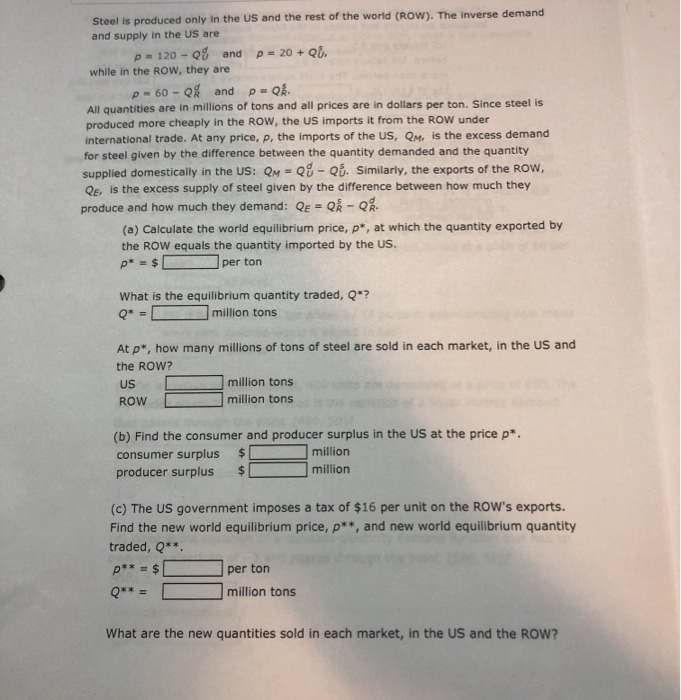
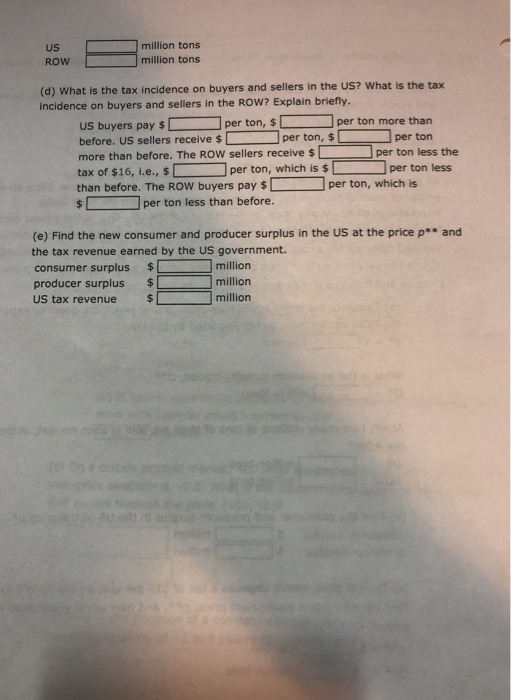
Evaluate all questions and answer correctly.
Read the attached article and answer the following question:
Use the AD and AS macroeconomic equilibrium model to show, graphically, the short run and long run impact of the economic recession in Japan and South Korea, due to COVID-19 pandemic, on the macroeconomic equilibrium in the Qatari's economy. Assume that Qatar's economy was initially operating at the potential level of GDP before the pandemic and there is no government or central bank intervention. Briefly explain. (2.5 marks)
GULF TIMES
Qatar's economy will weather Covid-19 storm, says expert
Qatar continues to maintain a healthy economic position amid the ongoing novel coronavirus (Covid-19) pandemic, allowing it to overcome the challenges wrought by the health crisis, a member of the academia has said.
"Even casual observers of macroeconomic data will be aware that Qatar's economic position vis--vis that of many other natural resource exporting countries is, relatively, healthy. This health is structured on prudent macro management, long before the Covid-19 pandemic, such that budget surpluses built on LNG exports had been reinvested sagaciously," said Dr Greg Bremner, an economics lecturer at AFG College with the University of Aberdeen in Doha.
"Indeed, far from being inflicted with the eponymous natural resource curse that afflicts many natural resource-abundant countries, Qatar has managed its natural resource wealth in such a way that it continues to be a blessing rather than a curse," continued Bremner.
Despite by the recent collapse in the oil price, Bremner noted that Qatar stands behind its economy to the tune of, "roughly 10%" of its national income maintaining, among other things, workers' salaries and healthcare.
As the pandemic infects demand for natural resources forcing global manufacturing into stasis, Bremner pointed out that natural resource exporters worry about their individual breakeven costs of production "and the fact that market prices don't cover those costs."
The more reliant any country is on its resource exports in terms of those export's share of GDP, the more acute the pressure on the gap between their breakeven price and the market-driven selling price, Bremner explained.
A common hazard is that, while production costs are within the exporters' control, the price is set by international demand. Covid-19 has neutered that demand, Bremner stressed.
"Much will depend, not on Qatar's ability to fulfil its international trading obligations in respect of LNG; of that there is no doubt, but on the success or otherwise of attempts made by its counter-party governments to reignite their own demand.
"This will be a complicated process. Economists ponder the 'shape' of economic recovery; 'V-shaped' or 'U-shaped', perhaps more resembling a 'W' shape or, as is more likely, the shape of the 'square-root' sign," Bremner further explained.
He said the shape taken by economic recovery is important for Qatari exports because, in aggregate, "roughly 40%" of them is evenly distributed between Japan and South Korea ? Qatar's biggest customers.
Japan's support package is worth "$1.09tn," South Korea's worth "$190bn" as both countries attempt to stand behind their economies with a view to reigniting aggregate demand as soon as possible, said Bremner.
"Crucially, and despite the magnitude of the financial underpinning underway in Japan and South Korea, the shape of their recoveries will differ from each other, generating demand-side imbalances to which Qatar's export pattern will have to adjust.
"In the long run, the enormity of the pandemic might bequeath a change in economic thought and method in the way that the 1930s depression introduced Keynesian economics and its focus on aggregate demand," Bremner said.
He added: "Meantime, Qatar has considerable expertise in weathering storms; it continues to blossom under the weight of an economic blockade, successfully absorbed the shock from the 2014-2016 drop in hydrocarbon prices. Its strong balance sheet provides sufficient financial muscle to weather the Covid-19 storm. The question for Qatar is; will its customers weather the storm in similar fashion?"
Options in general is being paid by the holder to give the right to purchase shares in the company in specific ....
3) In Aroostock County, farmers produce green beans in a perfectly competitive industry. All farms have identical technologies with these characteristics: - A standard "U-shaped" average cost curve, etc. - Minimum average cost is $.50 per pound of beans that occurs at an output of 1000 pounds of beans. - The farms are all small and no farm can produce more than 2000 pounds of beans. The Aroostock agricultural extension service is experimenting with a new bean seed that may be more productive than seeds now in use. To give the new seeds a fair test, the county government runs an experiment in which it distributes unmarked packages of seeds to all farmers now in the industry. Ninety-five percent of the farmers will get the old seeds. Five percent of the farmers will get only new seeds. If the new seeds work, they will reduce a farm's average and marginal cost curves by exactly $.10 cents per pound at every point on each curve. a) Using side-by-side diagrams draw the short run equilibrium for a typical green bean farm and for the green bean industry before the experiment. In your drawings, include as much detail as the information permits and explain how you are defining short run. b) Assuming the seeds work, use drawings to show how the experiment will change your short- N 3 run equilibrium in (a) for: (i) a farmer who gets the old seeds (ii) a farmer who gets the new seeds and (iii) the green bean industry. c) Suppose that the seeds do not work as planned and, in fact produce no green beans at all. Using words and illustrations where appropriate, briefly describe the short run effect on (i) a farmer who gets the old seeds (ii) a farmer who gets the new seeds and (iii) the green bean industry. 4) New York City strictly limits the number of taxi cabs on the street by requiring that each cab have an official medallion and the city government controls the supply of medallions. In other cities - e.g. Washington, DC - essentially anyone who wants to operate a licensed taxi can do so by paying a modest fee to the city's taxi bureau. In other words, in DC, entry into the industry is very easy and so the industry is highly competitive. Assume that DC has a standard downward sloping demand curve for taxi rides with both an elastic and an inelastic range. To simplify the analysis, let us assume that all taxi cab rides charge the same price regardless of distance, and that the price is determined by supply and demand. a) In general terms, describe the main factors that will determine the long run equilibrium price of a taxicab ride in DC b) Explain whether this DC equilibrium price will occur on the elastic portion of the demand curve or the inelastic portion of the demand curve. If you do not have enough information to answer the question, explain why c) Suppose, instead, that the DC city government decides to run the taxicab industry as a monopoly, limiting the number of cabs to produce the profit maximizing number of rides for the industry. Will the resulting price lie on the elastic or inelastic portion of the demand curve for taxicab rides? Explain. If you do you not have enough information to answer the question, explain why.Suppose the demand and supply for milk in the European Union (EU) is given by p = 124 - 0.7Q" and p = 7 + 0.2Q5, where the quantity is in the millions of liters and the price is in cents per liter, Assume that the EU does not import or export milk. (Note: 100 cents = 1 euro.) (a) Find the market equilibrium quantity, Q*, and equilibrium price, p*. millions of liters cents per liter (b) Find the consumer and producer surplus at the market equilibrium. (Round your answers to two decimal places.) consumer surplus million euros producer surplus million euros (c) The European farmers successfully lobby for a price floor of p = 40 cents per liter. What will be the new quantity sold in the market, Q? Q =[ millions of liters (d) Find the new consumer and producer surplus after the price floor. (Round your answers to two decimal places.) consumer surplus million euros producer surplus million euros (e) What is the deadweight loss from the price floor? (Round your answer to two decimal places.) million euros (f) If the EU authorities were to buy the surplus milk from farmers at the price floor of 40 cents per liter, how much would they spend in millions of euros? (Round your answer to two decimal places.) million eurosSteel is produced only in the US and the rest of the world (ROW). The inverse demand and supply in the US are p = 120 - QB and p = 20 + Qu. while in the ROW, they are p = 60 - QR and p = Qk. All quantities are in millions of tons and all prices are in dollars per ton. Since steel is produced more cheaply in the ROW, the US imports it from the ROW under international trade. At any price, p, the imports of the US, QM, is the excess demand for steel given by the difference between the quantity demanded and the quantity supplied domestically in the US: QM = Q9 - QU. Similarly, the exports of the ROW, QE, is the excess supply of steel given by the difference between how much they produce and how much they demand: QE = QR - QR- (a) Calculate the world equilibrium price, p*, at which the quantity exported by the ROW equals the quantity imported by the US. p* = $ per ton What is the equilibrium quantity traded, Q*? million tons At p*, how many millions of tons of steel are sold in each market, in the US and the ROW? US million tons ROW million tons (b) Find the consumer and producer surplus in the US at the price p*. consumer surplus $ million producer surplus million (c) The US government imposes a tax of $16 per unit on the ROW's exports. Find the new world equilibrium price, p**, and new world equilibrium quantity traded, Q**. p* * = $ per ton Q* * = million tons What are the new quantities sold in each market, in the US and the ROW?US million tons ROW million tons (d) What is the tax incidence on buyers and sellers in the US? What is the tax incidence on buyers and sellers in the ROW? Explain briefly. US buyers pay $ per ton, $[ per ton more than before. US sellers receive $ per ton, $ per ton more than before. The ROW sellers receive $ per ton less the tax of $16, le., $ per ton, which is $ per ton less than before. The ROW buyers pay $ per ton, which is per ton less than before. (e) Find the new consumer and producer surplus in the US at the price p* * and the tax revenue earned by the US government. consumer surplus $ million producer surplus million US tax revenue million




